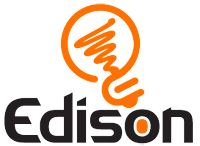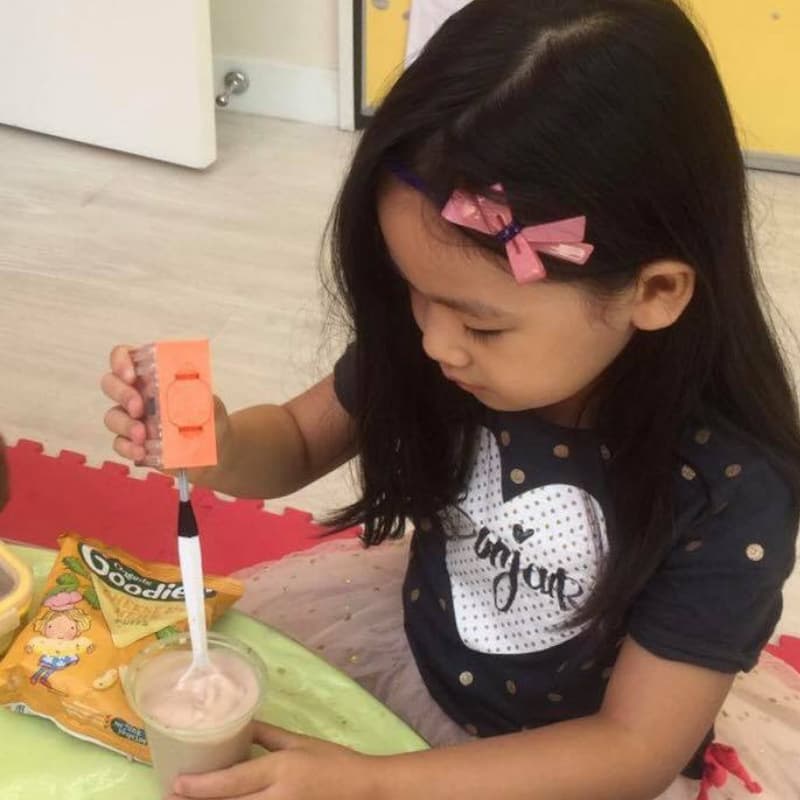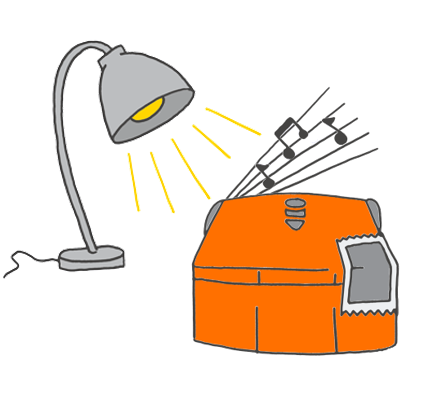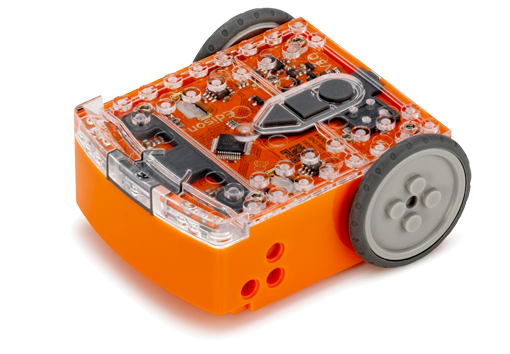STEM fun for the family
These activities bring the fun of STEM (science, technology, engineering and mathematics) using Edison robots to the whole family!
Milo Maker
This delicious project centres around a topic kids are bound to enjoy: chocolate.
Be it a cup of hot cocoa to warm up on a winter’s day or cold chocolate milk just about any time of year, instant chocolate drink is a favourite indulgence for kids of all ages. Whether your go-to brand is Cadbury, Nesquik or Milo, chances are you and your kids are familiar with mixing up a powdered chocolate drink. Build on that familiarity with a fun science experiment!
How to run this activity
The investigation:
What is the best temperature liquid to use to make powdered chocolate drink?
While you can adjust the wording (and even expand the experiment) depending on your kids’ ages and interest, the core of this project is to investigate the effect temperature has on getting the powder to dissolve.
The plan:
Turn up the science on this fun activity by applying the scientific method:
- Formulate a question
- Create a hypothesis
- Conduct controlled testing
- Analyse the results
Step 1: Tell your kids that you know you need to mix the chocolate drink up, but you aren’t sure what temperature liquid to use. Help them think about what options you have (cold, room temperature and hot, for example) and together land on your version of the “What is the best temperature liquid to use to make powdered chocolate drink?” question.
Step 2: Have your kids make a prediction about which temperature they think will work best. Get them to explain the reasoning behind their thinking by asking questions like “why do you think that will be best? How will you tell if it is best? What do you think will happen in the other liquids?” Write down everyone’s predictions.
Step 3: All good experiments control variables and test just one independent variable to look at changes. Independent variables are variables which can be manipulated or changed by the experimenter: you can remember this by thinking “I” control Independent variables. Dependent variables are the responding variables. This is where you can see change or variation as a result of other factors. Dependent variables can be thought of as a result or consequence of the experiment and are measured and/or calculated with available equipment.
The independent variable for this experiment is the liquid temperature. The dependent variables that are going to be easiest to observe and measure are either (1) how well the powder dissolved with a set amount of stirring [by looking at it] or (2) how long it takes to dissolve the powder fully.
There are a lot of other variables, however! How much liquid is in the cup, how much powder is used, the type of cup, the vigor of stiring… Spend some time with your kids thinking about all the variables. Decide how you will control each one. Hint! This is where the Edison robot comes in!
How do you control the variable of mixing with a spoon? It is very easy for a person to stir a bit faster or for slightly longer in one test than they did in the other tests by accident. Keep the ‘mixing’ variable in check by using a mechanical spoon! Work with your kids to devise a way to attach a spoon to Edison’s powered socket. They will also need to write code so that the robot’s motor runs for a set amount of time at a specified speed when they run their program. This will allow them to keep the ‘mixing’ variable consistent across experiments.
Step 4: Work together to take notes on your experiment so you can analyse the results. Look back at everyone’s predictions to see how they stack up. Ask your kids to help think through what they observed and why they think the results turned out the way they did. And, of course, enjoy a delicious drink as a reward for all your scientific work!
Check the quick guide for additional ideas and variations you can run on this experiment.
Perform in the spotlight
Let’s get the Edison robot to play music or dance when it detects light, just like a performer in the spotlight!
This multi-stage project combines the performing arts, crafting and coding together — a happy mix of arts and technology that’s bound to put on a show.
How to run this activity
About this activity:
Originally released as an Hour of Code activity, this lesson is designed to allow students to work independently or together with you as they discover:
- What do Edison’s light sensors do?
- What is an infinite loop?
- How can you use the sensors to make the robot react?
How to run this activity:
Download the student sheet and learn along with your kid! Written for a grade 3+ reading level and requiring no prior knowledge of coding, the worksheet will guide you and your child through each stage of the project.
In addition to your Edison robot, EdComm cable and programming device, you will need some extra supplies:
- Torches (flashlights)
- Dark tape, cardboard and sticky tape, or other supplies for blocking light from one of Edison’s light sensors
- Various ‘maker-space’ craft materials (such as coloured construction paper, glue, felt, cardboard, pipe cleaners, recycled materials and other similar materials) for making costumes
- Coloured pencils or crayons for drawing
A couple of hints:
- You can learn more about your Edison robot’s sensors, including the light sensor, at https://meetedison.com/edison-robots-sensors/
- There is a complementary teaching guide for this activity with additional tips and tricks available.
- You can expand this project in different ways. A simple example is just turning the lights off and using a torch as a real spotlight for a bit of night-time fun! If you want to make this into something a bit more special, ask your child to put on a show for the family with different acts. Or have each member of the family create their own act for the show! Each act can have its own costume and performance. Another options is to work together to write a play and have your Edison robot do different things to act out key parts of the story. You can even work out a way to build a stage if you want. Share your show with family and friends through a live video call or even record the show and post it online.
What’s next?
Completed these projects and keen to continue your journey with Edison? Why not try an Hour of Code activity or one the EdCreate EdBuild projects? You can also check out the other learn-at-home pathways for more options.
Don’t forget – if you have any questions for our team, you can always contact us.
Did you create something amazing? Have an idea for a project we could share? Send us your ideas, pics and videos at social@microbric.com or add them to the online community of Edison awesomeness on Pinterest, Facebook, Twitter, Instagram or YouTube.



